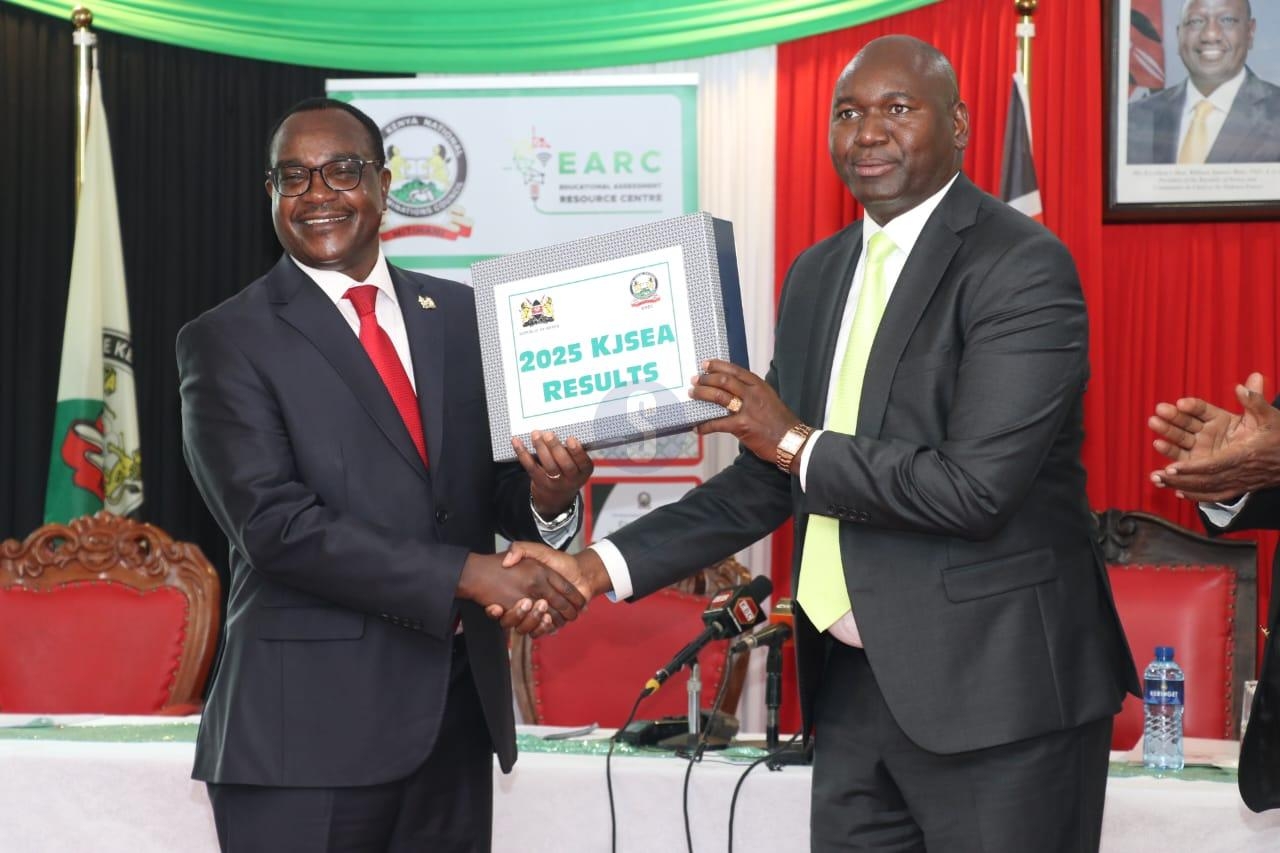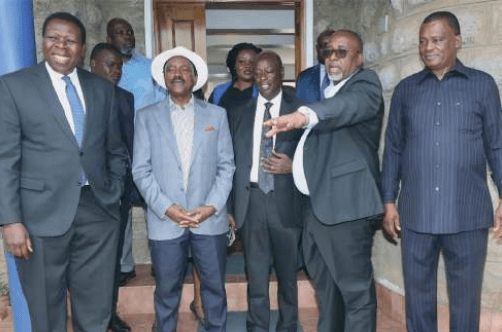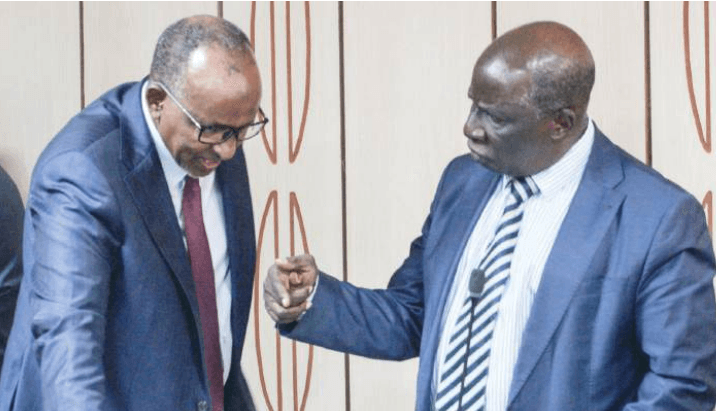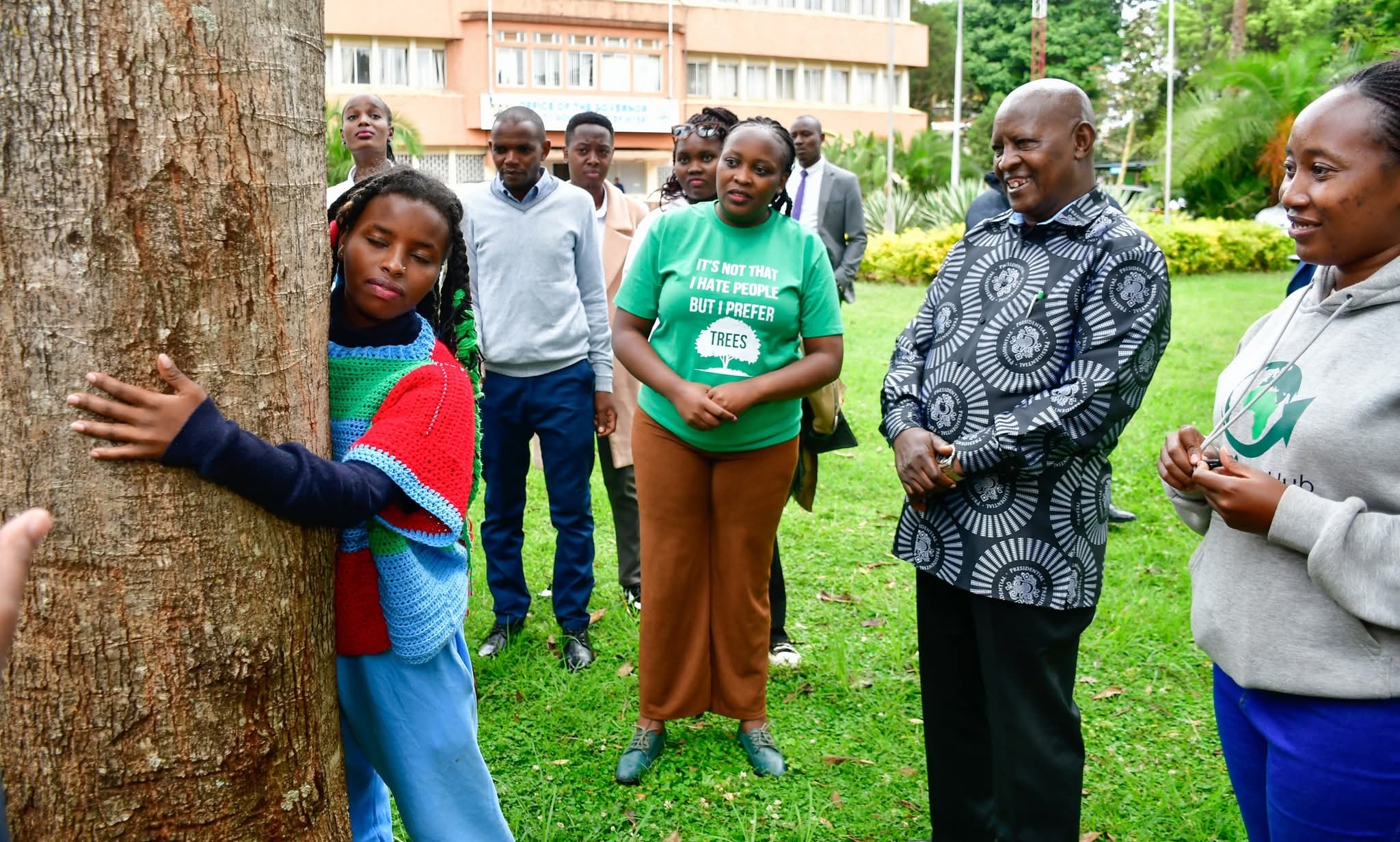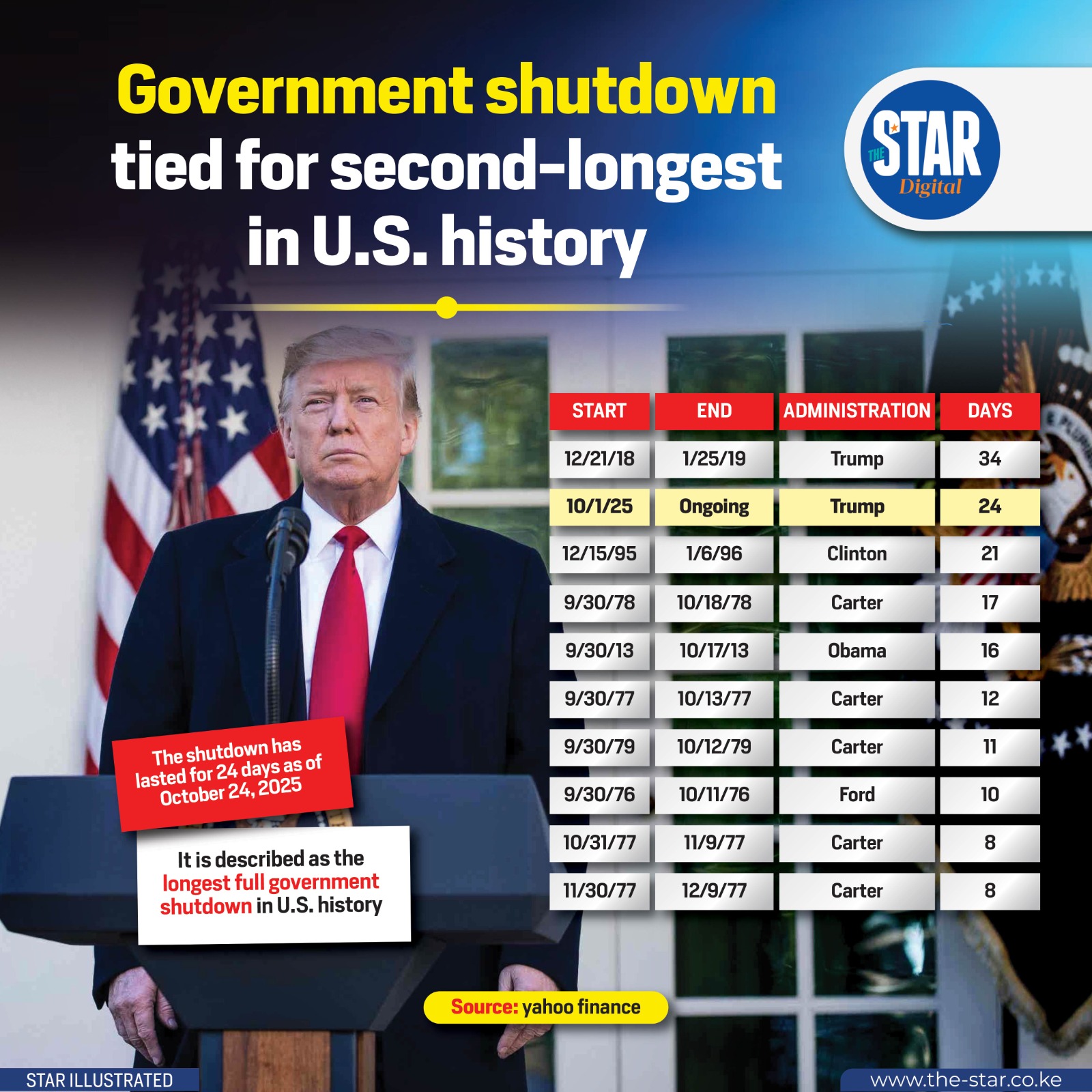
The US government entered a shutdown at 12:01am Eastern Daylight Time (EDT) on October 1, 2025, when Congress failed to pass appropriations legislation (or a continuing resolution) to fund government operations for fiscal year 2026.
It happened after a Republican-backed short-term funding bill failed in the Senate, lacking the 60 votes needed to overcome a filibuster.
Democrats demanded inclusion of extended healthcare subsidies (e.g., under the Affordable Care Act) and other social-program funding.
Republicans opposed those additional policy riders and sought to pass a “clean” funding resolution.
Because funding lapsed, non-essential federal operations began to shut down or furlough employees, affecting roughly 750,000 people.
A government shutdown halts or delays many public services, puts federal workers and contractors in limbo, creates economic uncertainty, and can reduce government transparency and oversight.
For international observers and economic partners, it signals instability in US governance-funding processes.


